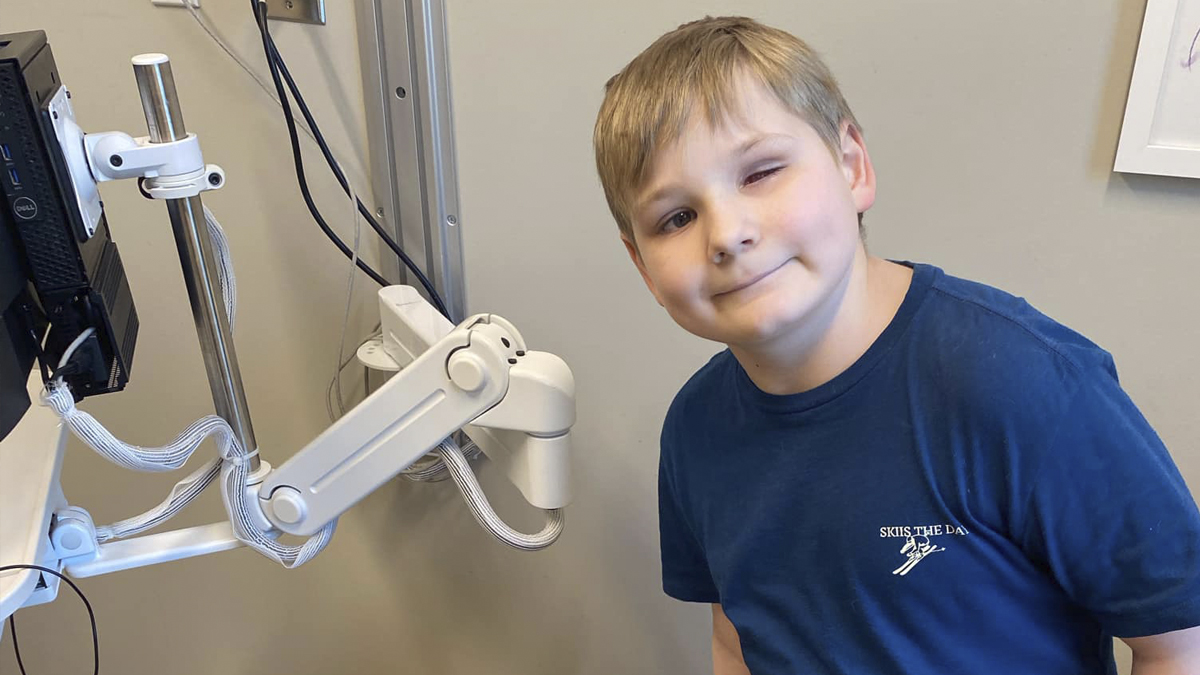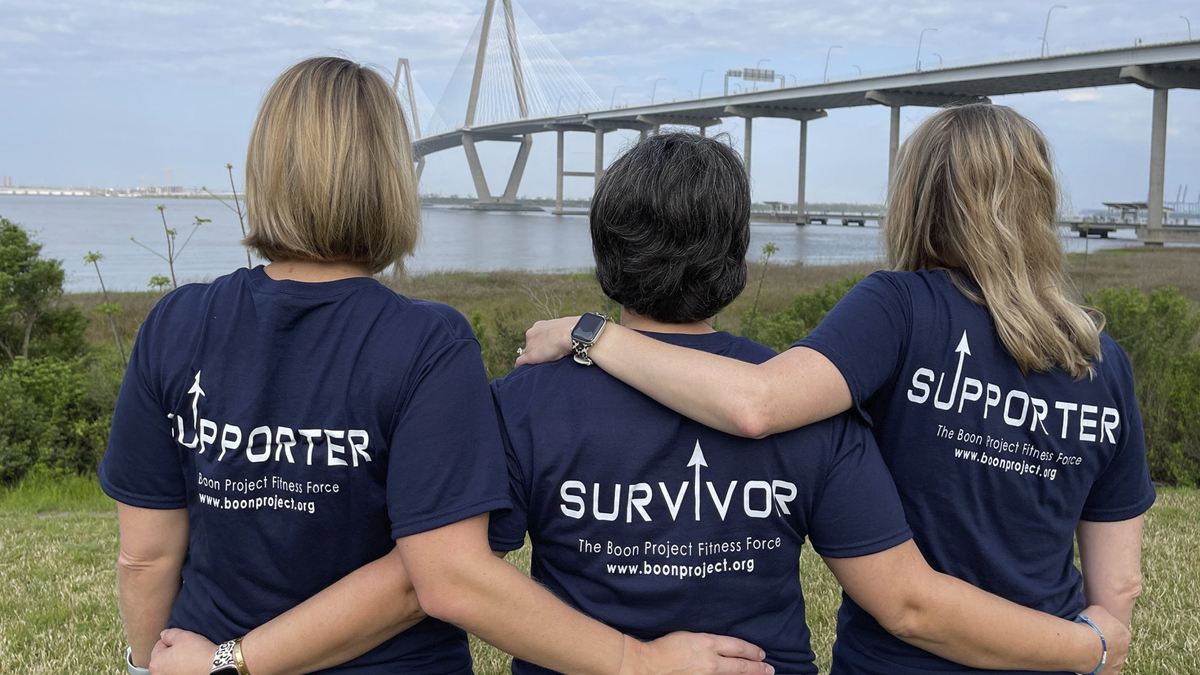When it comes to defining bullying, there is no real playbook, according to Ashlin Blum, owner of Empowered Family Therapy, clinical social worker and board-certified behavior analyst who explained that “Research points to bullying as a learned behavior that starts at home. It can also be school and environment-specific. For example, in one neighborhood, bullying could look like elitism or poking fun, whereas in another area of the city, it could be an act of physical strength, violence or assault. As such, components can’t be talked about in the same way as if one size fits all.
What is Bullying?
“For the most part, schools are doing a good job with awareness. But we have over-generalized the core problem of what’s happening on each campus. Schools need to have zero tolerance for bullying and systems in place so that children don’t fall through the cracks.”
When there is no accountability, no consequence and no empathy, a child and his or her family’s lives can be upended as a result of bullying.
The Case of Connor Harrell: A Tragic Example of School Bullying
One tragic example is Connor Harrell, who was born with bilateral retinoblastoma cancer in both eyes but still had vision. An autistic child in the second grade, Connor struggled with expressing to his mother that for eight months while riding the school bus, he had been bullied on multiple occasions by an older, much larger boy in the third or fourth grade who was stealing his snacks, cussing at him and shoving him.
The situation came to a head on May 17, 2024, when Connor’s mother, Sabrina Lane, was waiting at the bus stop to pick him up, as she did every other day. When the bus was running late, she started to worry – and for good reason. The driver called her to let her know that there had been an accident and that another child had punched Connor in the temple next to his left eye. The bus finally arrived and Connor was crying, saying it hurt. Lane said she could see the bruise was already coming up.
No matter who Lane turned to for help, she couldn’t find an advocate. The bus driver wouldn’t tell her who assaulted her son. The school and the district continuously passed the blame around. Although she reached out to the director of transportation, there was no response until after she filed a police report. When she asked to see the school bus’ video footage or an incident report, she was told there was no footage because the cameras weren’t working. There was also no report because there was no aide on Connor’s bus, although by law, if there are children with disabilities riding on a school bus, a supervisor is required.
“If a child bullies and injures another child, they should be expelled permanently off the bus,” Lane said. “This needs to be addressed in schools and districts who need education on how to handle bullying. Districts have got to make it a priority.”
She added that as a result of trauma caused by the hit, Connor had to have cataract lens replacement surgery, which required a five-week healing process. When he went back to see the doctor for his checkup, digital eye imaging showed blood behind the retina and his eye had to be removed. On Feb.28 of this year, he had a third revision surgery due to a weak spot in the socket implant. That procedure required a recovery time of eight weeks. The next step for Lane is to get Connor fitted for a prosthetic eye.
Lane explained, “For the rest of his life, Connor will have to use seeing aids, learn how to use a walking stick, have low-vision testing yearly as his needs change, eight-month maintenance check-ups on his prosthetic and a replacement every year to two years, depending on how fast his socket grows. Also, each prosthetic costs anywhere from $1,800 to $5,000, and no ocularist that I have talked to will accept his insurance. All of this has been challenging mentally, physically, emotionally and financially as a single mom.”
Steps to Take If Your Child is Being Bullied
For parents who suspect or know their child is being bullied, Blum said, “Talk to your child at home about bullying. If you see something, say something.” He also suggested taking the following action steps as early as possible.
*File a police report right away.
*Report the event to the school’s principal, headmaster or headmistress.
*Contact the superintendent.
*Reach out to the district’s ombudsman, an outside advocacy source that will investigate on your behalf.
*If your child has a disability, know your rights.
*Seek mental health counseling with someone the child and family can talk to so that they can navigate emotions and behaviors during these difficult times.
By Sarah Rose






